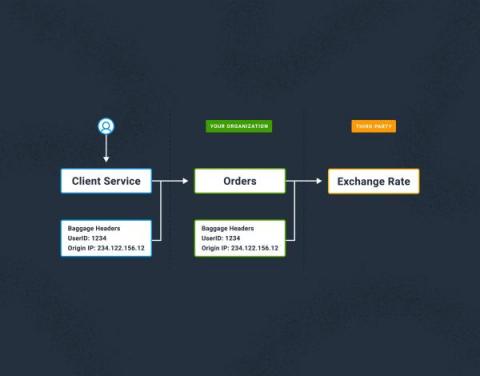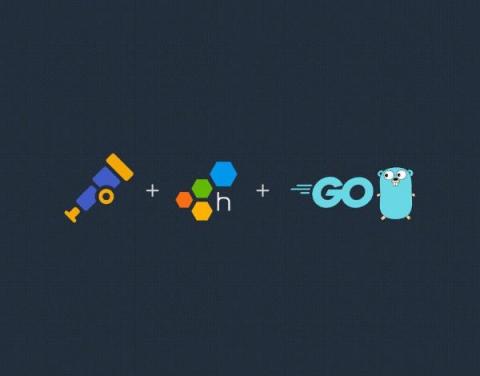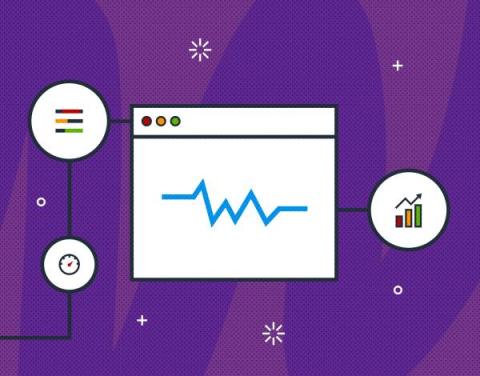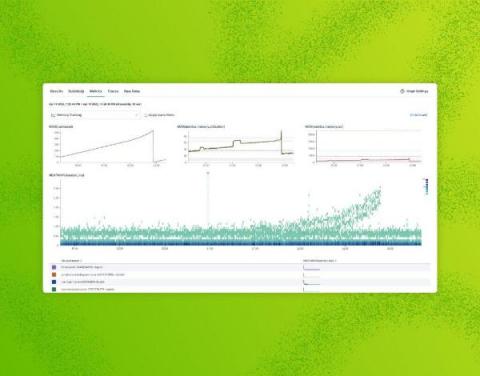Trace Propagation and Public API Endpoints in .NET: Part 1 (Disable All)
The W3C trace context specification is an amazing standard and a massive leap in standardization of telemetry correlation in the current climate of microservices being the de facto for new systems (that’s a debate for another day).











